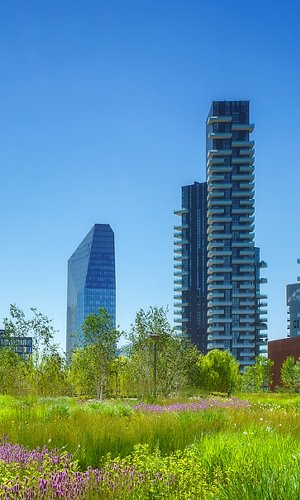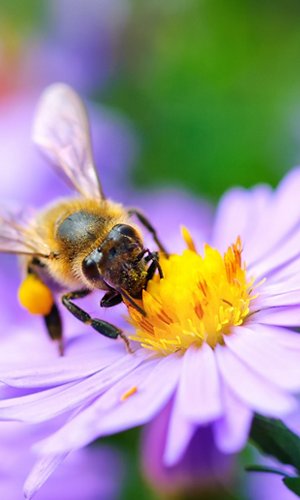Two studies published in the leading journal Science warn that the Amazon is in serious danger. Threatened by drought, tree felling, fires and increasingly invasive human activities, the Great Rainforest is in danger of collapsing and even turning into a different kind of ecosystem. According to the first study, conducted by a Brazilian research team, more than one third, i.e. about 38%, of the Amazon rainforest is currently degraded due to human activities, and it is estimated that more than 17% has been completely cleared. There is a substantial difference between forest degradation and deforestation: in the former case, the trees remain intact and with their roots firmly planted in the ground, but all around them the environment is weakened and fragile and therefore more vulnerable. Deforestation, on the other hand, occurs when the cutting down of trees leaves the land bare and without forest cover. The second study was carried out by US researchers and, among the initial results, confirms that human activities alter the forest ecosystem much faster than occurs naturally, by as much as hundreds if not thousands of times. Therefore, scientists say, the Amazon is approaching a point of no return with significant consequences not only for the local ecosystem but for the entire planet too.
The Amazon preserves one of the most biodiverse ecosystems on Earth: in fact, it is estimated that 10% of the world's plant and vertebrate species live in the rainforest. Not only that, the Amazon rainforest is one of the richest environments for fresh water: 20% of the planet's fresh water flows in the Amazon River alone. Water that not only flows but also evaporates and produces rain. In fact, the forest generates its own rain from the vapour released by the plants that rises above the canopies, condenses in the atmosphere and then precipitates. A perfect cycle that has always worked and that human activities threaten to disrupt. Fewer trees result in less rain, and less rainfall causes a reduction in the number of trees. The risk, experts say, is that the forest will turn into a savannah, with a drier climate and less biodiversity.
Fortunately, the forest is still huge, covering 6.5 million square kilometres in a territory that includes nine South American countries. A healthy forest is crucial for the planet's climate balance, in fact, it is estimated that up to 200 billion tonnes of carbon equal to over 700 gigatonnes of carbon dioxide, the main greenhouse gas that causes the earth to warm up, are stored in the great forest. CO2 does no harm as long as it remains trapped in the forest, but when trees are cut down to make way for human activities, huge quantities of climate-altering gases are released into the atmosphere.
The researchers conclude: we must act fast to save the Amazon rainforest.




